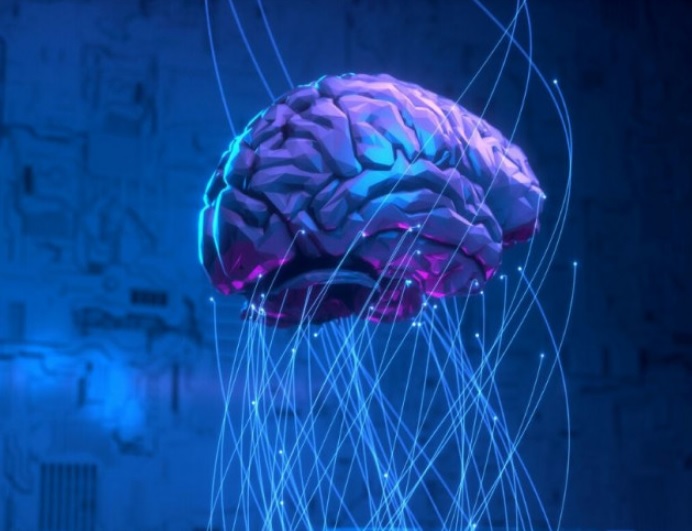
Artificial intelligence has evolved from mimicking human perception to delving into the intricacies of human cognition. One such frontier is abstract visual reasoning (AVR), the ability to analyze and understand visual patterns devoid of immediate context or concrete objects. This article delves into the complexities of AVR in AI, exploring its potential and the challenges that lie ahead.
AVR demands more abstraction than object recognition, where AI excels at identifying and classifying concrete entities. It’s about identifying underlying relationships, patterns, and transformations between visual elements, often independent of their specific content. Imagine a Raven’s Progressive Matrices test, where abstract shapes morph and shift, and the task is to identify the missing element based on the underlying logic. This is the essence of AVR – discerning the unseen amidst the seen.
Why AVR Matters
AVR holds immense potential across various domains. Consider a robot navigating a dynamic environment. It needs to reason about spatial relationships, anticipate object movements, and plan its actions accordingly. Similarly, AVR could aid in anomaly detection in medical imaging, identifying subtle patterns indicative of pathologies invisible to the naked eye. Furthermore, AVR could revolutionize fields like material science and drug discovery by enabling the prediction of novel properties and functionalities based on visual data.
The AI Arsenal for AVR
Several AI approaches tackle the challenge of AVR. Convolutional neural networks (CNNs) are adept at feature extraction from visual data but often struggle with abstract relationships. Recently, transformer architectures designed for natural language processing have shown promise in capturing long-range dependencies and complex relationships within visual sequences. Additionally, advances in symbolic reasoning and knowledge representation are crucial for enabling AI to interpret and explain its AVR inferences.
Challenges and Roadblocks
Despite the progress, significant challenges remain. One hurdle is the lack of comprehensive datasets that truly capture the complexity of real-world AVR tasks. Existing benchmarks often focus on specific, well-defined problems, failing to generalize to broader scenarios. Additionally, interpretability and explainability remain crucial, as understanding how AI arrives at its AVR conclusions is essential for building trust and reliability in its applications.
The Road Ahead: Glimpses into the Future of AVR
The future of AVR in AI is brimming with possibilities. Integrating multiple AI paradigms, such as CNNs, transformers, and symbolic reasoning, holds promise for creating robust and generalizable AVR models. Furthermore, research in neurocognition can provide valuable insights into how the human brain tackles AVR tasks, informing the development of bio-inspired AI algorithms. Ultimately, the goal is to create AI systems that can not only perceive the world but also reason abstractly about it, ushering in a new era of intelligent machines capable of understanding and adapting to the complexities of the real world.
Examples and Use Cases
- Robotics: An autonomous robot navigating a cluttered warehouse needs to reason about the spatial relationships between objects, anticipate movements, and plan its path to avoid collisions.
- Medical imaging: Identifying subtle patterns in X-rays or CT scans indicative of early-stage tumors or other abnormalities requires AVR to go beyond simply recognizing anatomical structures.
- Material science: Predicting the properties of new materials based on their microscopic structure, such as the strength and conductivity of novel alloys, involves abstract reasoning about the relationships between atoms and molecules.
- Drug discovery: Identifying potential drug candidates based on their molecular structure and interactions with target proteins leverages AVR to analyze complex visual data and predict their therapeutic potential.
Conclusion
Abstract visual reasoning represents a critical frontier in AI, challenging machines to move beyond mere perception and delve into abstract understanding. Overcoming the existing hurdles and capitalizing on the immense potential of AVR will unlock a new era of intelligent machines capable of navigating the complexities of the real world with human-like cognitive abilities. The journey towards truly abstract visual reasoning in AI is just beginning, and its implications for various domains are far-reaching and awe-inspiring.
By delving deeper into the intricacies of AVR, we can unlock the true potential of AI, empowering machines to see the world and understand it in once unimaginable ways. This journey of scientific exploration promises technological advancements and a deeper understanding of the very nature of human intelligence itself.


















